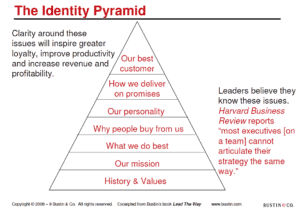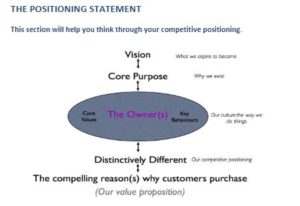The last time inflation was over 5% was early 2000’s. For the last 20 years the only business consequence of inflation was annual small CPI adjustments.
Now, the #1 business risk may be our new inflationary world. The most learned bankers and economists admit they don’t know how high or for how long inflation will be around for. Following could be useful guidance.
BUSINESS IMPERATIVES
- Forecasting and scenario planning
- Cashflows and working capital become even more important
- Margin protection
- Prioritise high profit customers and products
AREAS TO PAY ATTENTION TO
Loans/financing
Assess the potential impact of rising interest rates and business uncertainty. This includes loan headroom, ability to service the loan, and potential covenant breaches. Use stress tests and sensitivity analysis. Have an open line of communication with your banker and don’t hide any bad news from them. Make sure the amount and duration of financing is sufficient to weather the crisis and rollout any business plans. Ensure facilities can’t be called in. Consider replacing some overdraft with fixed term financing if things look tight.
Credit Control
Your customers may struggle. Ensure you have an on-going open collaborative dialogue with key customers. Review and assess credit limits, payment terms, and credit policies. Ensure you have timely reporting on receivables ageing and potential bad debts. Weekly reporting would be desirable. And ensure someone is reviewing these reports and taking action promptly.
Cash Forecasts
Implement monthly cash forecasting process if you don’t have one in place now. Review forecasts closely. Understand why variances occur, i.e., was it a business issue or inappropriate assumptions, and take appropriate action accordingly. Run regular scenario planning to understand potential problems.
Working capital
Don’t neglect this area. It can be quietly sucking up cash largely un-noticed. Setup processes to ensure invoices are sent out promptly, and customers pay on a timely basis. Review inventory turnover and under-utilised inventory, and setup action plans to improve this. If possible, negotiate better terms with suppliers. Ensure your regular reporting gives visibility of the $ value of receivables, payables and inventory, and also ageing and turnover.
Pricing and margins
THIS IS KEY. Protecting margins is paramount, and a key driver of overall business profitability.
- Pricing is a quick and powerful lever to do this. It will need to become more dynamic. Price increases will likely be essential, but they need to be targeted and precise. Understand your customers and where you fit in their value chain. For example, how important and how expensive is your product in their overall costs. This will enable more appropriate and ultimately successful price increases to be made.
- Make sure reporting systems give you margin by customers and products. Prioritise high margin products and customers. This is particularly important if the availability of resources, such as labour, is constrained.
- Consider hedging mechanisms and contractual T&C allowing you to pass on input prices to customers.
Mix
Understanding, monitoring, and improving, the margin impact of changing customer and product mix is critical. The key is having the mix that maximises margin $. This process needs to be dynamic and correlated to changes in input prices, and internal resource availability.
Input prices
Monitor input prices closely. Understand impact on product margins. As relative prices change, consider input substitution or replacement. Renegotiate major input prices if possible, e.g., using volume discounts.
Overheads. Review, consider what is business critical and what is not. Try to have costs on a variable basis if possible.
Assets. Review all assets. If they don’t generate profit sell them off.
Business model. Run scenarios around inflation rate, interest rates, wage and input increases etc regularly. Is your business model appropriate?, should it be changed?, do you need to have new delivery models?
Risk management. Make sure you regularly monitor risks and take appropriate mitigation. Check insurance coverage is adequate. Don’t forget that uncertainty can create opportunities.
Improve profitability through innovation and efficiency enhancers such as IT. Can business processes be streamlined, removed or changed?
Gary Campbell is an experienced CFO, based in Victoria, working with the CFO Centre Australia. He is particularly successful at profit improvement, financial turnarounds, risk management and corporate governance for SMEs and NFP. If you would like to talk to a CFO like Gary, please contact us.










